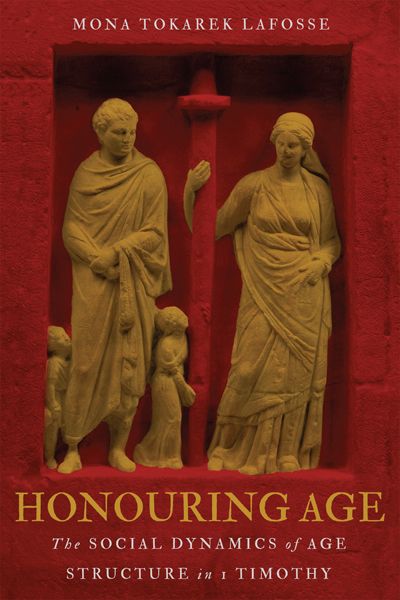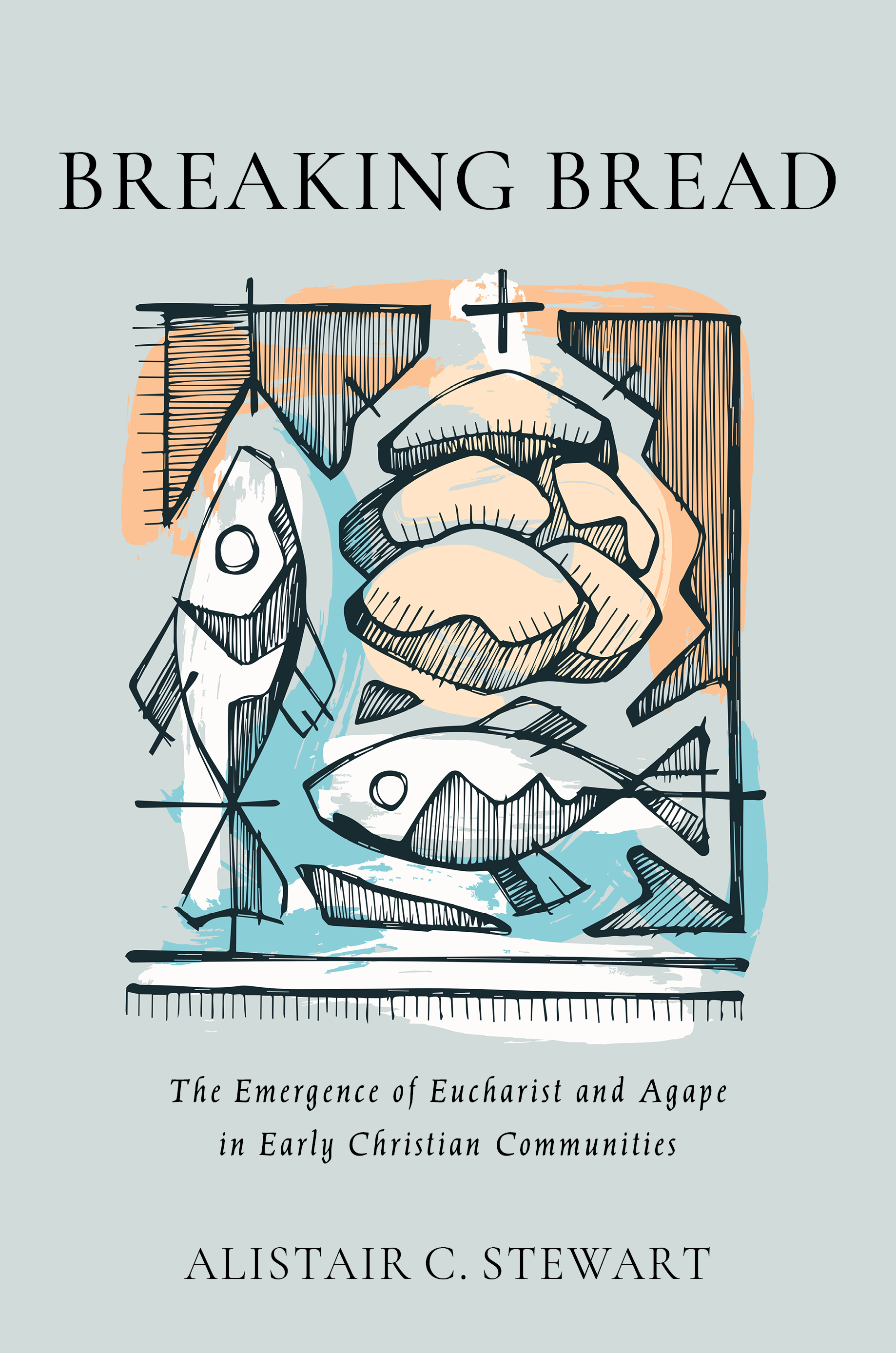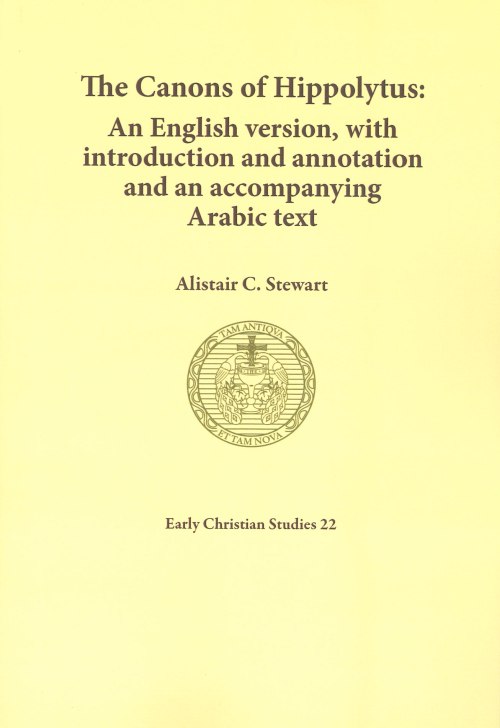 I recently reviewed Joan Taylor and Ilaria Ramelli, Patterns of Women’s Leadership in Early Christianity, for Reading Religion.
I recently reviewed Joan Taylor and Ilaria Ramelli, Patterns of Women’s Leadership in Early Christianity, for Reading Religion.
Ilaria Ramelli has responded on Researchgate.
I have tried to contact her, to clear what follows with her. I understand she has been gravely ill of late and is in poor health, and so is probably not circumstanced to respond. I am therefore posting this response with an apology that I have not done so with her consent and foreknowledge. However, I do feel that Ramelli’s response to my review requires a response in return.
I really don’t have an ecclesial dog in this fight, but do believe, as I have stated previously elsewhere, that historians need to be very careful when the history we write might affect our present ecclesial realities, and church leaders (in whatever guise they may be) need to be careful in listening to us historians (that is to say, they should listen to us, but listen with a hermeneutic of suspicion!) Moreover, I have always studiously stepped back from engaging in discussions in other parts of the catholic church than my own whilst seeking to provide such historical guidance as I can.
Ramelli offers some clarifications of her statements where she suggests I have misunderstood her; the context, as may be seen from the review, was that I made some minor criticisms of some statements, particularly in her own essay, suggesting that some further nuancing was necessary. I was brief because, in a review, I did not want to become sidetracked or turn it into something other than a review of a book!
My suggestion of nuancing was made with regard to two issues.
Firstly that we should be wary of assuming that “presbyter” and its female form necessarily refers to an order of ministry like bishop and deacon. Even in the fourth century, in some communities, such as that of Testamentum Domini, I suspect that this was not the case. Hence my questioning of Bill Tabbernee’s use of the term “presbyteral” to describe the eucharistic activity of the prophet reported by Firmilian; I would have suggested that she was acting episcopally.
My second concern is to note that the eucharistic meal had developed considerably between the first and fourth centuries; I have a book in the final stages of preparation on precisely this subject, and suggest that the movement was from a variety of meals, which are generically eucharistic, to a single meal, “the” Eucharist. Thus, for instance, whereas I appreciated Teresa Berger’s suggestion that the virgins’ meal in ps-Athanasius Virg. was eucharistic in a domestic setting, my suspicion is that it had once been so, but by the time ps-Athanasius wrote it was no longer so, but had become something else, since what might have been recognizable as eucharistic in a broad sense in an earlier period is not eucharistic in a fourth-century context, as “eucharist” has by now a narrower definition. To give another example: on p32 of Ramelli’s essay she notes that Prisca is mentioned before Aquila and goes on to say: “This suggests that Prisca, not Aquila, was the leading member, and key host, who can be considered to have presided over a house church and to have celebrated the Eucharist there.” Certainly it is plausible that Prisca was the host, but to use the language of eucharistic celebration to describe what happens in the first century is, I believe, to impose a greater degree of liturgical order on the household gatherings of the earliest generation than they actually possessed and to paint a rather anachronistic picture of what a eucharistic gathering in this period might have looked like.
In this light I turn to what she says about Origen and presbytides. She states, correctly, that Origen both in the catena to I Cor. and in the Comm. in Joh. proposes that women might teach other women. My objection, however, is not to this but to the equation of presbyteroi as an office and presbytides. My point was that, in the fourth century, we have presbytides (Conc. Laodic.) who have particular seats and status in church, but that these are not the same as female presbyters. I think they are like the widows in Testamentum Domini who are certainly the female equivalent of the (male) presbyters, but that the male presbyters in this community, whilst ordained (as are the widows) are actually aged male ascetics rather than people holding ecclesiastical ministerial office as we would understand it. These widows teach younger women; I think that is exactly the picture Origen also gives us, but this in no way makes them female presbyters. Indeed, in Comm. in Joh. 32.132 I do not even think that Origen is referring to male presbyteroi as an office.
In this context I was surprised to read of presbytides in the Didascalia and even to hear that they were female presbyters (55-56). Where in the Didascalia? The only presbytides (assuming that the retroversion from Latin aniculas is correct, and I think I more likely that it is presbuteras, on the basis of Apostolic Constitutions) are those who are fed charitably (DA 2.28). In sum, I think there is some confusion here.
Ramelli also states, with further reference to my review:
On p. 45 I do not “conflate” the Eucharistic bread with other Eucharistic meals. Rather, after pointing to Theosebia, called by Nazianzen homotimos of a hiereus (“having the same dignity” as a presbyter and bishop, her brother Gregory) and involved in the Eucharistic celebration, I adduce a passage in Gregory Nyssen’s Life of Macrina in which Macrina herself is said to “lend her hands in service to the liturgies” and then “prepare bread with her own hands” for her mother, but I do not conflate the two: Gregory’s emphasis lies on the same hands which prepared the bread, in humility and service (a cypher of Macrina’s lifestyle:) and were used at the Eucharistic liturgy. What I say, based on Gregory, is that Macrina “used her hands to celebrate the Liturgy” (p. 45), not that the bread she prepared for her mother was Eucharistic in any sense.
Here I apologize if there is some misunderstanding; however, my objection was to her acceptance of Teresa Berger’s interpretation of the ps-Athanasian meal as though it were fact (as I suggest above, I think it supposition, albeit interesting supposition) and the subsequent conflation with the liturgical activity of Theosebia. I am sorry if this was unclear.
And again, I do not think that Theosebia was a presbyter, in the sense of holding an order of ministry. And so the two concerns mentioned above converge. She may have been homotimos with a hiereus, but this does not mean that she was one (and, in any case, a hiereus is a bishop rather than a presbyter…) Again I think her status was comparable to that of the widows of Testamentum Domini, as was the nature of her liturgical participation. I do not follow the point here in as much detail, because I think that the fundamental point, that we should see these statements in the light of contemporary Asian evidence, such as Testamentum Domini and the canons of Laodicea, has been made already.
What Ramelli does present is a “gender divided” participation of women and men in the eucharistic liturgy in fourth century Cappadocia and elsewhere. I think we get some picture of this from Testamentum Domini, where the widows have a place by the altar comparable to that of the presbyters, and I suspect that this is what brings about the reworking of an older polemic by the redactor of Apostolic Church order. Thus fleshing out of the picture we may derive from these “church orders” is the contribution that Ramelli, Joan Taylor, and indeed others in this volume have made; this is a substantial contribution.
As I state in my review, this volume of essays sets the standard for discussion. But I also say that it is clearly not the last word on the material they discuss.




